Deck & Commander Strategies
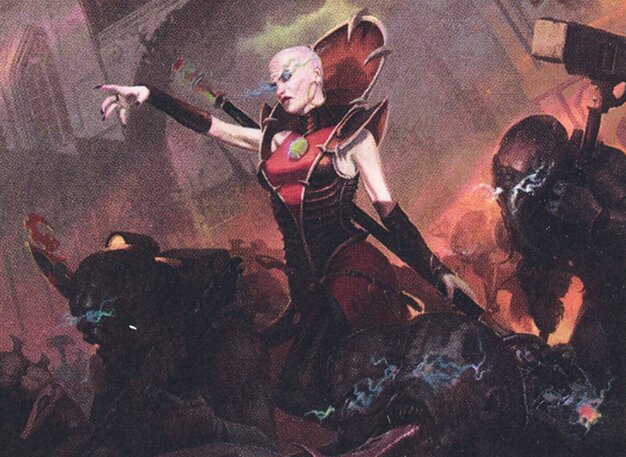
Magus Lucea Kane
Focuses on untapping and copying herself to repeatedly cast powerful X-cost spells, aiming to generate overwhelming value and control the board through spell synergies.

Slicer, Hired Muscle // Slicer, High-Speed Antagonist
Aggressive combat deck leveraging double strike, haste, and equipment like Hero's Blade to deal rapid and lethal damage through combat, pressuring opponents to respond quickly.
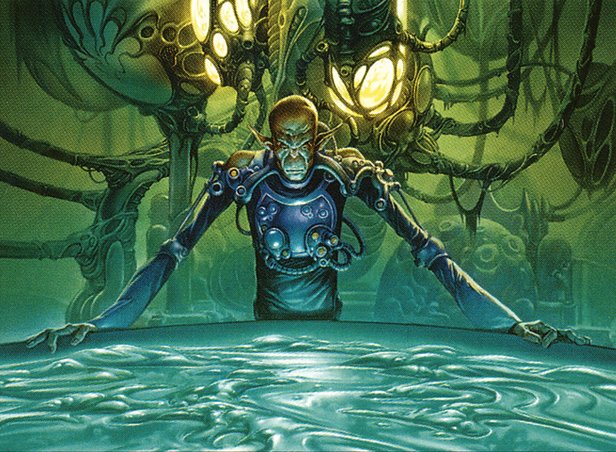
Momir Vig, Simic Visionary
Builds a big and wide board presence with green-blue creatures, focusing on ramp and synergistic creature spells to overwhelm opponents with powerful creatures.
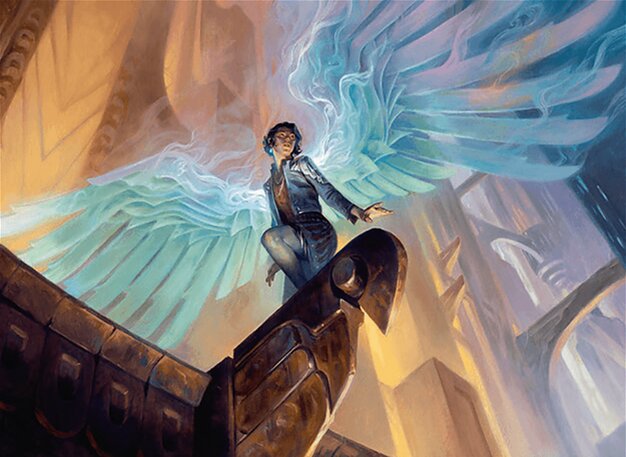
Giada, Font of Hope
Angel tribal deck that creates multiple angel tokens and uses anthem effects like Angel Vitality to grow them into a formidable army capable of swinging for large amounts of damage.
Gameplay Insights
- 1
Slicer's strategy to quickly attach Hero's Blade to multiple creatures created a major combat threat that forced opponents to play defensively.
- 2
Goblin Welder facilitated artifact recursion and interaction, enabling combo potential and board manipulation.
- 3
Giada's use of Angel Vitality created a snowball effect making angels progressively stronger, compelling opponents to prioritize removal.
- 4
Players recognized the arch-enemy style dynamic caused by Slicer's aggressive double-strike attacks, shifting the game's pace towards defense and damage control.
- 5
Strategic blocking and token chump blocking were essential to surviving the aggressive onslaught while players set up their longer-term plans.
- 6
The interplay between untapping and copying spells from Magus Lucea Kane introduced complex timing and value generation opportunities that could swing the late game.
Notable Cards
-
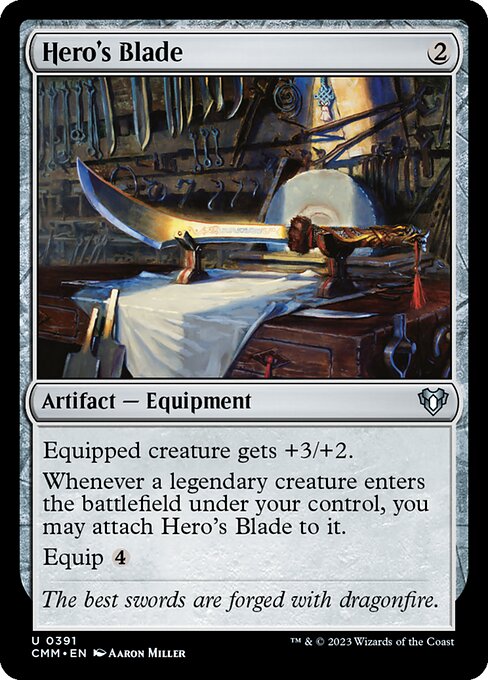
Hero's Blade
-
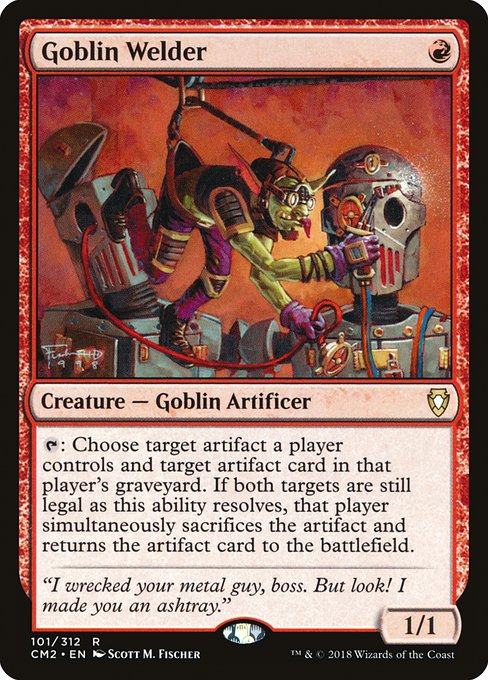
Goblin Welder
-
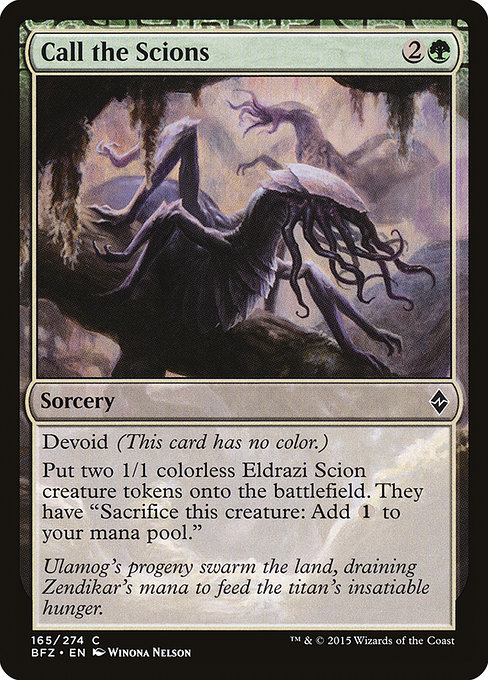
Call the Scions
-

Dockside Extortionist
-
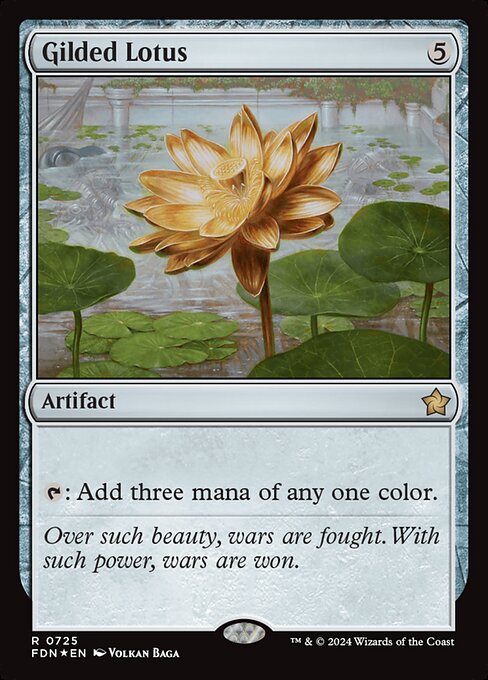
Gilded Lotus
-
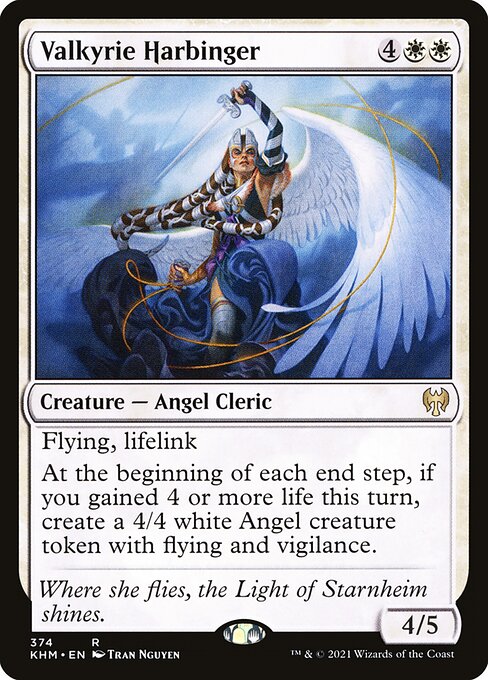
Valkyrie Harbinger
-
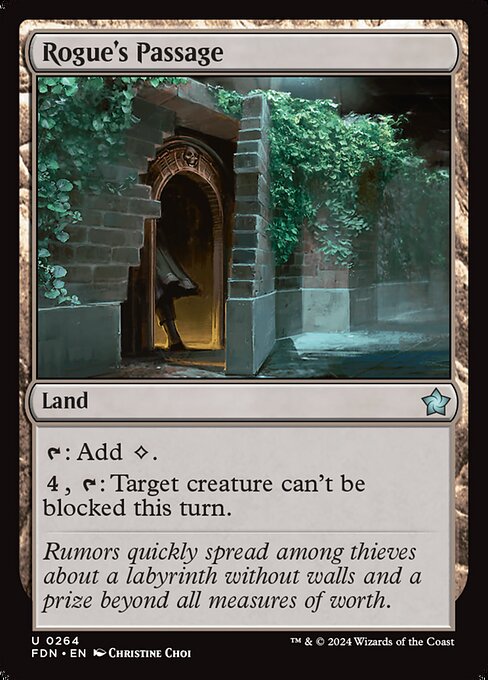
Rogue's Passage
Gameplay Summary
The game began with a typical ramp and setup phase where players developed their mana bases and played key early cards like Soul Ring, Goblin Welder, and ramp creatures.
The gameplay quickly focused on establishing board presence, particularly with the Slicer deck creating aggressive, double-striking creatures equipped with Hero's Blade, threatening quick damage and putting pressure on the table.
Magus Lucea Kane aimed to leverage copy and untap synergies to cast large X-cost spells repeatedly, while Giada, Font of Hope built up a strong angel tribal army boosted by anthem effects, and Momir Vig, Simic Visionary focused on big and wide green-blue creatures.
This created a dynamic tension between aggressive combat-oriented strategies and powerful board development. As the game progressed, combat became the central theme, with Slicer swinging aggressively and forcing players to focus on damage mitigation and blocking.
Giada's angel tokens and anthem effects provided a growing threat on the battlefield that could quickly overwhelm opponents if left unchecked.
Meanwhile, Magus Lucea Kane planned to capitalize on powerful spells through untapping and copying, threatening to take control of the late game.
The players collectively acknowledged the high-pressure, arch-enemy style of gameplay created by Slicer's fast, lethal attacks.
Key moments included the use of Goblin Welder to interact with artifacts, the deployment of Angel Vitality to pump the angel army, and strategic blocking decisions to manage incoming damage.
The game was characterized by a mix of aggressive combat, board development, and tactical plays to keep lethal threats at bay while building towards a decisive victory.


















![Enchantments As Backgrounds [Commander VS 298] | Magic: the Gathering EDH Commander Gameplay thumbnail](https://i.ytimg.com/vi/MTZ5_0If6s4/sddefault.jpg)
![More Streets of New Capenna [Commander VS 289] | Magic: the Gathering Commander Gameplay thumbnail](https://i.ytimg.com/vi/77jT1j7598Q/sddefault.jpg)







![Commander Versus Series: Momir v. Gwafa v. Marrow-Gnawer v. Maelstrom Wanderer [MTG Multiplayer] thumbnail](https://i.ytimg.com/vi/WdlHQqhXgtU/sddefault.jpg)
























